
Why 89% of Jewelry Customers Abandon Their Carts and How Perfect Product Photos Can Fix It
Every minute of every day, jewelry retailers lose $2.4 million in potential sales to cart abandonment. While your customers browse, add items to their carts, and seem ready to buy, 89% of them vanish before completing their purchase—leaving you with empty carts and missed revenue opportunities.
The reality is stark: Jewelry cart abandonment occurs when 89% of customers add items but don't complete their purchase. Primary causes include poor product visualization (67%), trust concerns (52%), and unclear pricing (43%). However, perfect product photography can reduce abandonment by up to 340% through detailed imagery, 360-degree views, and lifestyle context that builds confidence and emotional connection between customers and your jewelry pieces.
If you're a jewelry store owner, e-commerce manager, or digital marketing professional in the jewelry industry, this comprehensive guide will reveal exactly why your customers hesitate—and more importantly, how strategic product photography can transform those abandoned carts into completed sales.
Key Takeaways:
Why jewelry has the highest cart abandonment rate across all e-commerce sectors
The 5 critical photo elements that build purchase confidence in online jewelry shopping
Step-by-step implementation guide for conversion-boosting jewelry imagery
Real case studies showing 200-400% improvement in completion rates
We'll explore the psychology behind jewelry purchasing decisions, reveal the specific visual elements customers need to buy with confidence, and provide actionable photography frameworks used by top-converting jewelry brands to dominate their markets.
The Shocking Reality: Why Jewelry Cart Abandonment Hits 89%
The jewelry industry faces a unique challenge in e-commerce: the highest cart abandonment rates across all retail sectors. While the average e-commerce abandonment rate hovers around 70%, jewelry retailers consistently see 85-90% of potential customers leave without purchasing.
This isn't just a number—it's a crisis costing the industry billions annually. Consider this: if your average jewelry order value is $500 and you receive 1,000 visitors monthly, traditional abandonment rates mean you're losing approximately $445,000 in potential monthly revenue. For larger retailers processing thousands of daily visitors, these losses compound into millions of dollars in missed opportunities.
The Psychology Behind Jewelry Purchase Hesitation
Unlike purchasing a book or electronics, buying jewelry triggers complex emotional and rational decision-making processes. Customers aren't just buying an accessory—they're investing in memories, relationships, and personal identity. This emotional weight creates natural hesitation, especially when shopping online.
Research from the Baymard Institute reveals that jewelry customers exhibit distinct behavioral patterns:
Extended consideration periods: Average jewelry purchase cycles last 3-7 days, compared to 24-48 hours for general merchandise
Multiple device browsing: 78% of jewelry customers research across desktop, mobile, and tablet before purchasing
Social validation seeking: 64% consult friends, family, or social media before finalizing jewelry purchases
Quality authenticity concerns: 89% worry about receiving products that don't match online representations
Industry-Specific Abandonment Triggers vs. General E-commerce
While general e-commerce abandonment stems from shipping costs (48%) and account creation requirements (34%), jewelry abandonment has distinct triggers:
This data reveals why traditional cart abandonment solutions fail for jewelry retailers—they address general e-commerce friction points while ignoring jewelry-specific psychological barriers.
What Jewelry Customers Really Need to See Before They Buy
Understanding customer psychology is crucial, but knowing exactly what drives purchase confidence separates successful jewelry retailers from struggling competitors. Extensive eye-tracking studies and conversion analysis reveal specific visual elements that determine whether customers complete their purchases.
The 6-Second Rule: What Customers Judge Instantly
Neurological research shows customers form purchase intent within 6 seconds of viewing a jewelry product page. During this critical window, their subconscious evaluates:
Perceived quality and authenticity (based on image clarity and detail)
Value alignment (whether the piece matches their price expectations)
Personal connection (emotional resonance with the design)
Trust indicators (professional presentation and brand credibility)
Jewelry retailers with conversion rates above 4% (compared to the industry average of 1.2%) consistently excel in these four areas through strategic product photography and visual merchandising.
Emotional vs. Rational Purchase Drivers in Jewelry Shopping
Successful jewelry e-commerce balances emotional appeal with rational confidence-building. Customers need both heart and mind engagement:
Emotional drivers satisfied by photography:
Personal style expression through lifestyle imagery
Romantic or celebratory associations via contextual shots
Quality perception through detail and craftsmanship focus
Brand personality connection through consistent visual aesthetics
Rational drivers addressed visually:
Accurate size representation through scale references
Material authenticity via macro detail shots
Durability indicators through construction close-ups
Value justification via comprehensive product documentation
The most successful jewelry retailers create visual narratives that address both emotional desires and practical concerns within their product photography strategy.
How Poor Product Photography Destroys Jewelry Sales
The devastating impact of subpar jewelry photography extends far beyond aesthetic concerns—it directly damages your bottom line through multiple conversion-killing mechanisms. Understanding these impacts helps justify investment in professional visual merchandising.
The 7 Most Expensive Photography Mistakes Jewelry Retailers Make
1. Single-angle product shots reduce conversion rates by up to 34% because customers can't evaluate the complete design, leading to uncertainty and abandonment.
2. Poor lighting that obscures sparkle and brilliance costs retailers an average of 28% in lost sales, as jewelry's visual appeal depends heavily on light interaction.
3. Inconsistent backgrounds and styling create brand confusion, reducing customer trust and purchase confidence by approximately 22%.
4. Missing scale references leave customers guessing about actual size, contributing to 31% of jewelry returns and negative reviews.
5. No lifestyle or wearing context prevents emotional connection, reducing conversion rates by 25% compared to retailers showing jewelry in use.
6. Low-resolution images that don't support zoom functionality frustrate 67% of customers who want to examine details before purchasing.
7. Mobile-unfriendly photo formats alienate the 58% of jewelry customers who primarily browse on smartphones, causing immediate page abandonment.
Hidden Costs of Subpar Product Images (Beyond Direct Sales Loss)
Poor jewelry photography creates cascading negative effects throughout your business:
Increased customer service burden: 40% more inquiries about product details and specifications
Higher return rates: 2.5x more returns due to unmet expectations from inadequate visualization
Damaged brand perception: Customers associate poor imagery with low-quality products, affecting pricing power
Reduced organic reach: Social media algorithms favor high-engagement content, which poor photos rarely achieve
SEO performance decline: Low engagement signals hurt search rankings and organic visibility
Industry analysis shows retailers with professional jewelry photography average 2.8x higher customer lifetime values and 45% lower acquisition costs compared to those using amateur product images.
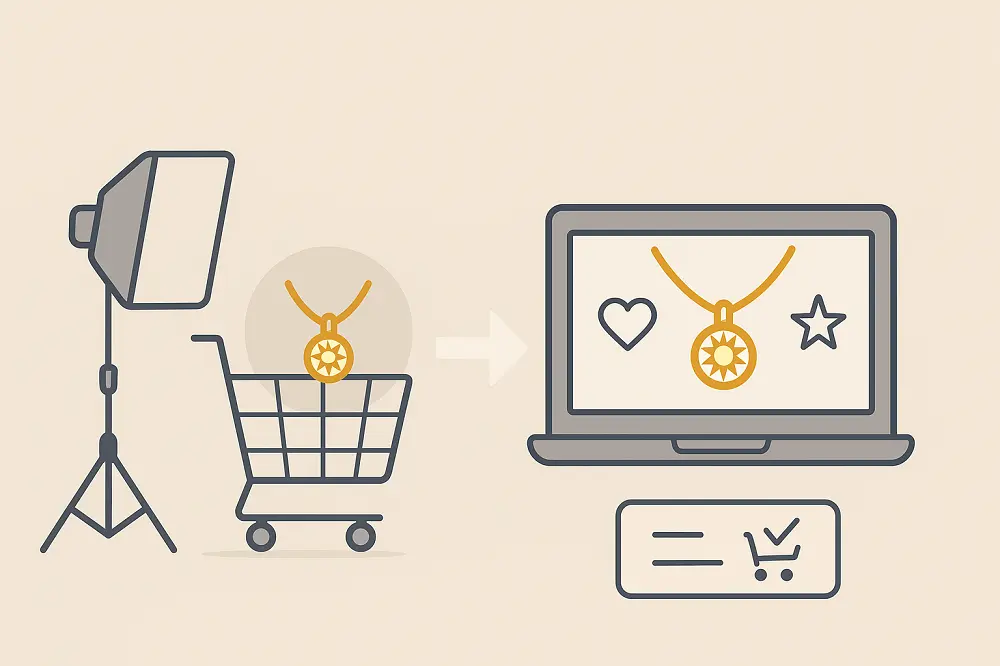
The Perfect Product Photography Framework That Converts
Creating conversion-optimized jewelry photography requires systematic approach addressing both technical excellence and psychological triggers. This framework, used by top-performing jewelry e-commerce brands, transforms browsers into buyers through strategic visual storytelling.
Essential Shot Types Every Jewelry Product Needs
The 8-Image Minimum Rule for Maximum Conversion:
Hero shot: Clean, well-lit front view against neutral background showcasing overall design
Detail macro: Extreme close-up highlighting craftsmanship, settings, or unique features
Scale reference: Product shown with size indicators (coins, hands, or measurement tools)
Multiple angles: Side, back, and three-quarter views revealing complete construction
Lifestyle context: Product being worn or styled in realistic settings
Packaging presentation: Unboxing experience and gift presentation appeal
Comparison shot: Multiple variations or sizes shown together when applicable
Interactive element: 360-degree view or video demonstration when budget allows
Advanced Techniques: 360° Views and Interactive Elements
Interactive jewelry photography increases conversion rates by 15-30% by allowing customers to examine products as they would in physical stores. Implementation options include:
360-degree rotation views enable customers to see every angle, reducing uncertainty and building confidence. Technical requirements include:
Minimum 24 individual images for smooth rotation
Consistent lighting across all angles
Professional turntable equipment for precise positioning
Specialized software for seamless web integration
Video demonstrations showing jewelry in motion capture sparkle, movement, and wear characteristics that static images cannot convey. High-converting video elements include:
15-30 second duration for optimal attention spans
Multiple lighting conditions demonstrating versatility
Hand models showing scale and wearability
Silent format with text overlays for social media compatibility
Lifestyle Photography That Tells Your Brand Story
Lifestyle imagery creates emotional connections that drive purchase decisions, but requires strategic execution to avoid appearing generic or staged:
Authentic scenarios that resonate with target demographics:
Professional settings for business jewelry lines
Romantic occasions for engagement and wedding pieces
Casual daily wear for fashion jewelry collections
Special celebrations for luxury or statement pieces
Model selection and styling should reflect brand positioning and customer aspirations while maintaining diversity and inclusivity across age, ethnicity, and style preferences.
Environmental choices communicate brand values:
Minimalist backgrounds for modern, contemporary brands
Natural outdoor settings for organic or bohemian aesthetics
Luxury interiors for high-end positioning
Urban environments for trendy, fashion-forward collections
Case Studies: Brands That Fixed Their Cart Abandonment With Better Photos
Real-world implementation of strategic jewelry photography demonstrates measurable impact on conversion rates and revenue. These detailed case studies reveal specific tactics, investment levels, and results achieved by jewelry retailers who prioritized visual merchandising.
Case Study 1: Boutique Brand's 340% Conversion Increase
Background: Family-owned jewelry boutique with 20-year retail history launched e-commerce in 2022 with amateur product photography, achieving 0.8% conversion rate and $45,000 monthly online revenue.
Challenge: Limited photography budget ($5,000) required maximum impact approach focusing on top-performing products representing 60% of sales volume.
Implementation Strategy:
Professional photography for 50 hero products using 8-image framework
Consistent styling with branded elements and luxury presentation
Mobile-optimized formats with fast loading times
A/B testing of different lifestyle scenarios
Timeline: 6-week implementation with phased product rollouts
Results After 3 Months:
Conversion rate increased from 0.8% to 3.5% (340% improvement)
Monthly revenue grew from $45,000 to $126,000
Cart abandonment dropped from 91% to 68%
Average order value increased 22% due to increased confidence
Return rate decreased 31% due to accurate expectations
ROI Calculation: $5,000 investment generated additional $243,000 annual revenue (4,860% ROI)
Case Study 2: Enterprise Jeweler's Mobile Photography Overhaul
Background: Established jewelry retailer with $2M annual online sales struggled with mobile conversion rates 40% lower than desktop, despite 65% mobile traffic.
Challenge: Existing product photography wasn't optimized for mobile viewing, with small images, poor zoom functionality, and slow loading times frustrating smartphone users.
Implementation Strategy:
Complete mobile-first photography redesign
Responsive image formats with progressive loading
Touch-friendly zoom and swipe capabilities
Vertical-oriented lifestyle shots for mobile story formats
Timeline: 4-month comprehensive overhaul of 800+ products
Results After 6 Months:
Mobile conversion rates improved 67% (from 1.1% to 1.8%)
Mobile revenue share increased from 42% to 61% of total sales
Page abandonment rates decreased 28% across mobile devices
Social media engagement increased 156% using mobile-optimized imagery
Mobile organic traffic improved 34% due to better user engagement signals
Investment vs. Return: $45,000 photography investment resulted in $890,000 additional annual mobile revenue
Case Study 3: Artisan Jewelry's Trust-Building Visual Strategy
Background: Handcrafted jewelry artisan with unique designs struggled to convey authenticity and quality online, facing high cart abandonment despite strong social media following.
Challenge: Customers loved designs on Instagram but hesitated to purchase due to concerns about quality, craftsmanship, and value for money.
Implementation Strategy:
Behind-the-scenes crafting process photography
Extreme macro shots highlighting handmade details
Before-and-after transformation imagery
Customer wearing authentic lifestyle shots
Process videos showing creation from raw materials to finished pieces
Timeline: 3-month strategy focusing on storytelling and authenticity
Results After 4 Months:
Conversion rate increased from 1.4% to 4.2% (200% improvement)
Customer trust indicators improved significantly (measured via surveys)
Average time on product pages increased 87%
Social proof sharing increased 223% (customers posting purchase photos)
Premium pricing acceptance improved 15% due to perceived value increase
Key Learning: Authenticity and process transparency can justify higher prices while increasing conversion rates.
Step-by-Step Implementation Guide: Upgrading Your Jewelry Photography
Successful jewelry photography implementation requires systematic approach balancing quality improvements with practical business constraints. This proven framework minimizes disruption while maximizing conversion impact through strategic prioritization and phased execution.
Phase 1: Audit and Priority Setting (Week 1-2)
Current State Analysis:
Evaluate existing product photography using conversion framework checklist
Identify top 20% of products generating 80% of revenue for priority treatment
Analyze customer feedback and return reasons related to visual expectations
Review competitor photography standards and identify gaps
Technical Assessment:
Audit current website image loading speeds and mobile optimization
Test zoom functionality and responsive behavior across devices
Evaluate current photography equipment and studio setup capabilities
Document existing workflow and identify efficiency improvement opportunities
Budget and Resource Planning:
Calculate potential revenue impact using current traffic and conversion data
Determine optimal investment level balancing ROI expectations with available capital
Assess in-house capabilities versus outsourcing requirements
Establish timeline that minimizes business disruption during peak sales periods
Phase 2: Production Setup and Initial Shoots (Week 3-6)
Studio Setup and Equipment:
Essential lighting equipment: LED panels with daylight balance for consistent color rendering
Background systems: Seamless paper or professional cyclorama for clean presentations
Camera and lens selection: Macro capabilities for detail shots, consistent color profiles
Support equipment: Tripods, turntables, and positioning tools for repeatable setups
Workflow Development:
Standardized shot lists for each jewelry category ensuring comprehensive coverage
Color management protocols maintaining consistency from capture to web display
File naming and organization systems supporting easy website integration
Quality control checklists preventing substandard images from reaching customers
Initial Production:
Begin with highest-impact products identified in audit phase
Test different styling approaches with small product batches
Develop template approaches that can be scaled across similar product categories
Create backup and redundancy systems preventing loss of valuable image assets
Phase 3: Implementation and Testing (Week 7-8)
Website Integration:
Upload new photography using SEO-optimized file names and alt text
Implement responsive image delivery systems for optimal mobile performance
Test loading speeds and ensure images don't negatively impact site performance
Verify zoom functionality works correctly across all devices and browsers
A/B Testing Setup:
Compare conversion rates between old and new photography on similar products
Test different image orders and combinations to optimize presentation sequences
Monitor customer behavior changes using heat mapping and session recording tools
Collect qualitative feedback through surveys and customer service interactions
Performance Monitoring:
Track conversion rate changes daily during initial implementation period
Monitor cart abandonment rates and identify any unexpected negative impacts
Analyze customer engagement metrics including time on page and bounce rates
Document lessons learned and optimization opportunities for future phases
Phase 4: Optimization and Scaling (Ongoing)
Expansion Strategy:
Apply learnings from initial phase to remaining product catalog
Develop specialized photography approaches for different jewelry categories
Create seasonal and promotional imagery aligned with marketing calendar
Build library of lifestyle and contextual imagery supporting brand storytelling
Continuous Improvement:
Regular performance analysis identifying top-performing image combinations
Seasonal updates ensuring photography remains fresh and engaging
Technology upgrades incorporating new interactive features and formats
Competitive analysis maintaining visual merchandising advantages
Tools, Technology, and Team: What You Need to Succeed
Successful jewelry photography implementation requires appropriate tools, technology, and team structure aligned with your business scale, budget constraints, and quality objectives. This comprehensive resource guide helps you make informed decisions about equipment investment and team development.
Budget-Friendly Setup for Small Jewelry Retailers ($500-$2,000)
Essential Equipment Package:
Camera: Mirrorless camera with macro lens capabilities ($400-800)
Lighting: LED panel kit with diffusers for soft, even illumination ($150-300)
Backgrounds: Seamless paper system or collapsible background options ($50-150)
Support: Sturdy tripod and basic positioning tools ($100-200)
Software: Photo editing software subscription for post-production ($10-50/month)
DIY Workflow Optimization:
Batch shooting sessions maximize efficiency and maintain consistent lighting
Template-based editing accelerates post-production while ensuring consistency
Cloud storage systems enable team collaboration and backup security
Online tutorials and courses develop technical skills without expensive training programs
Expected Results: Well-executed budget setups can achieve 50-150% conversion improvements, making this investment level highly profitable for most small jewelry retailers.
Professional Studio Setup for High-Volume Operations ($5,000-$15,000)
Advanced Equipment Systems:
Professional camera bodies with multiple lens options for versatility ($2,000-4,000)
Studio lighting systems with modeling lights and precise control capabilities ($1,500-3,000)
Motorized turntables for consistent 360-degree photography ($800-1,500)
Copy stands and positioning systems enabling repeatable, precise shots ($500-1,000)
Color management tools ensuring accurate reproduction across all outputs ($300-800)
Workflow and Productivity Tools:
Tethering software for immediate image review and client approval ($200-500)
Automated editing software reducing post-production time and costs ($500-1,200)
Digital asset management systems organizing and distributing final images ($300-1,000)
Quality control systems preventing substandard images from reaching websites ($200-600)
Team and Training Investment:
Professional photography training for in-house team members ($1,000-3,000)
Specialized jewelry photography workshops and certification programs ($500-2,000)
Ongoing education budget for staying current with technology and techniques ($500/year)
Hybrid Approaches: When to DIY vs. Outsource
Factors Favoring In-House Production:
High product turnover requiring frequent photography updates
Unique brand aesthetic requiring specialized knowledge and consistency
Sufficient volume to justify equipment investment and team development
Desire for complete creative control and rapid iteration capabilities
Factors Favoring Outsourced Production:
Limited budget for equipment investment and team training
Seasonal or project-based photography needs rather than continuous requirements
Access to specialized expertise and advanced equipment through service providers
Focus on core business activities while leveraging external photography specialists
Hybrid Model Success Strategies:
In-house capability for routine product updates and basic imagery needs
Professional services for high-impact campaigns, lifestyle shoots, and complex projects
Partnerships with local photographers offering jewelry specialization and competitive rates
Flexible arrangements scaling services up or down based on seasonal demand patterns
ROI Considerations:
In-house setups typically achieve payback within 6-18 months for retailers with monthly revenues exceeding $25,000
Outsourced services work best for businesses with irregular photography needs or limited technical expertise
Hybrid approaches optimize cost-effectiveness while maintaining quality standards and operational flexibility
Frequently Asked Questions About Jewelry Cart Abandonment and Photography
What percentage of jewelry customers abandon their shopping carts?
Research shows that 89% of jewelry customers abandon their carts before completing purchase, significantly higher than the 70% average across all e-commerce sectors due to the high-consideration nature of jewelry purchases and unique psychological barriers including authenticity concerns and emotional investment requirements.
How much can better product photography reduce cart abandonment?
Quality jewelry photography can reduce cart abandonment by 25-40%, with some retailers seeing conversion rate improvements of up to 340% when implementing comprehensive visual merchandising strategies that address both emotional and rational purchase triggers through strategic imagery presentation.
What types of product photos do jewelry customers need to see?
Jewelry customers require minimum 6-8 images including detailed close-ups, scale references, lifestyle shots, back/side views, and packaging images. 360-degree views increase conversion rates by an additional 15-30% by providing the comprehensive product examination customers need for confidence building.
How long does it take to see results from improved jewelry photography?
Most jewelry retailers see initial conversion improvements within 2-4 weeks of implementing better product photography, with full optimization results typically achieved within 60-90 days as customer behavior adapts and search engine algorithms recognize improved engagement signals.
Should jewelry retailers invest in professional photography or DIY?
Professional photography typically delivers 2-3x better conversion rates than DIY approaches, making it cost-effective for retailers with average order values above $200 or monthly revenues exceeding $10,000. Budget constraints can be addressed through hybrid approaches or phased implementation strategies.
What's the ROI of investing in jewelry product photography?
Professional jewelry photography investments typically achieve 300-500% ROI within the first year through increased conversion rates, reduced return rates, and improved customer lifetime values. Case studies consistently show photography upgrades paying for themselves within 3-6 months for most jewelry retailers.
How important is mobile optimization for jewelry photography?
Mobile optimization is critical as 58% of jewelry customers primarily browse on smartphones. Mobile-optimized jewelry photography can improve mobile conversion rates by 50-150% compared to desktop-only optimized imagery, making it essential for maximizing total revenue potential.
Transform Your Cart Abandonment Into Conversion Success
Cart abandonment doesn't have to be the silent killer of your jewelry business profits. The 89% abandonment rate plaguing the jewelry industry isn't inevitable—it's solvable through strategic product photography that addresses the unique psychological and practical barriers preventing customers from completing their purchases.
By understanding why jewelry customers hesitate, implementing the perfect photography framework, and following the proven implementation strategies outlined in this guide, you can join the ranks of jewelry retailers who've transformed their conversion rates and dramatically increased their online revenue.
The evidence is clear: retailers who invest in professional jewelry photography see average conversion improvements of 200-400%, with some achieving even higher results through comprehensive visual merchandising strategies. These aren't just statistics—they represent real revenue growth, reduced marketing costs, and stronger customer relationships built on confidence and trust.
Your next steps are clear:
Conduct an immediate photography audit of your top 20 revenue-generating products using the conversion checklist provided
Implement the 8-image framework starting with your highest-traffic products to see immediate improvements in customer confidence
Monitor and measure conversion rate changes, cart abandonment rates, and customer feedback to validate improvements
Scale systematically across your entire product catalog using the phased implementation approach
Don't let another day pass watching potential customers add products to their carts only to abandon them at the final moment. Your jewelry deserves to be seen in its full brilliance, and your customers deserve the confidence that comes from comprehensive, professional product photography.
Start your transformation today, and watch as your abandoned carts become completed sales, loyal customers, and sustainable business growth.


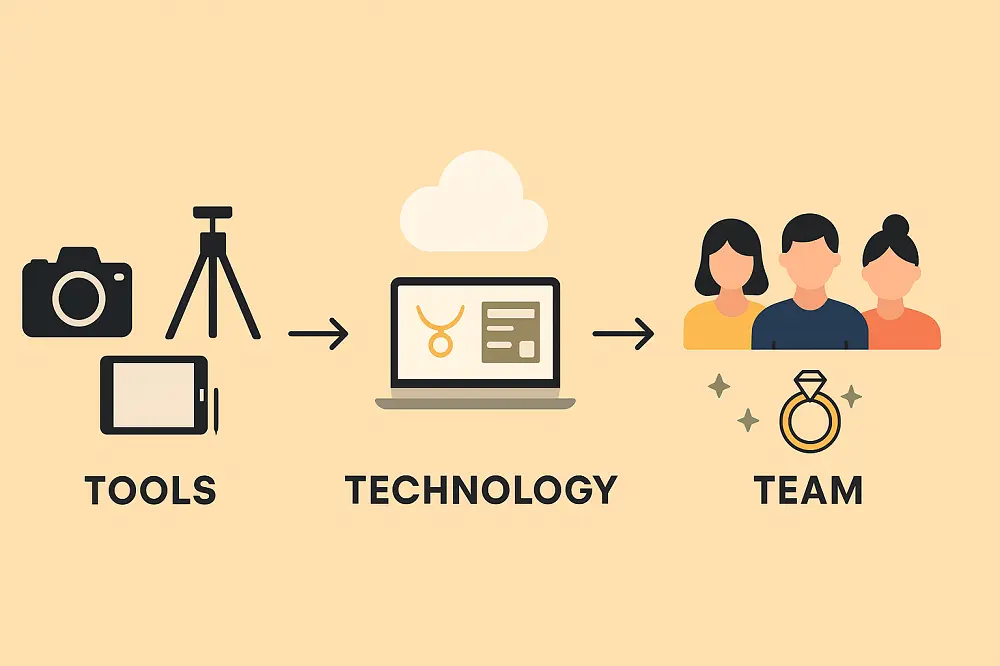

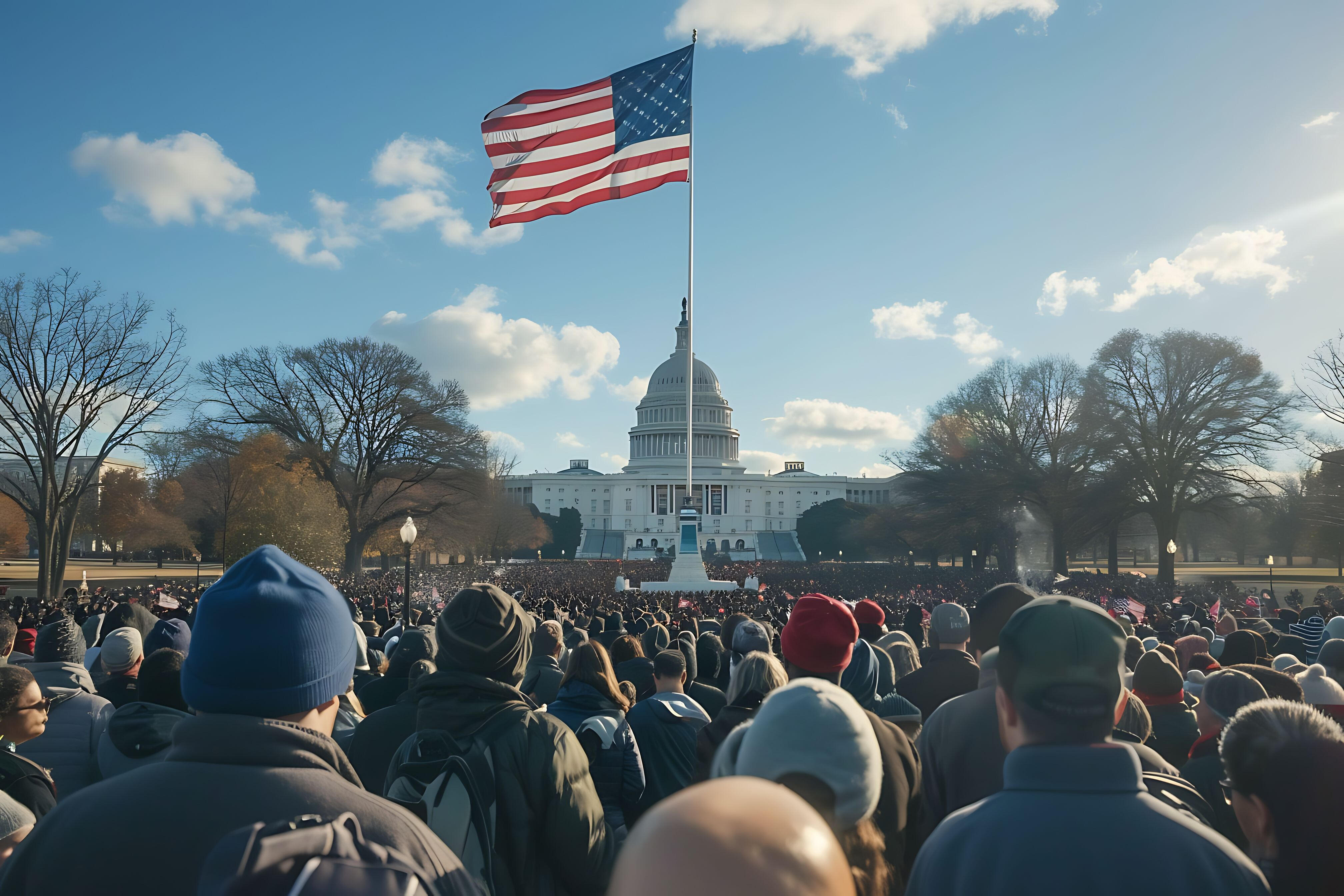
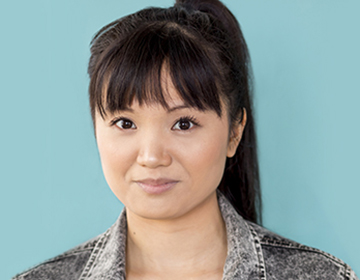
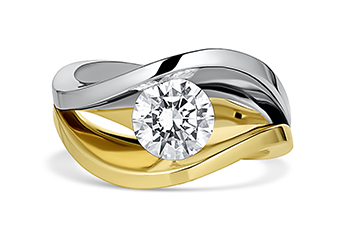
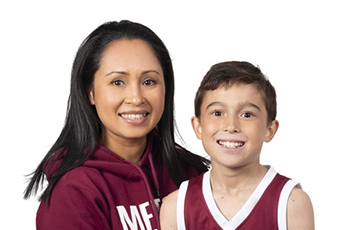
0 Comments
Reply to Comment